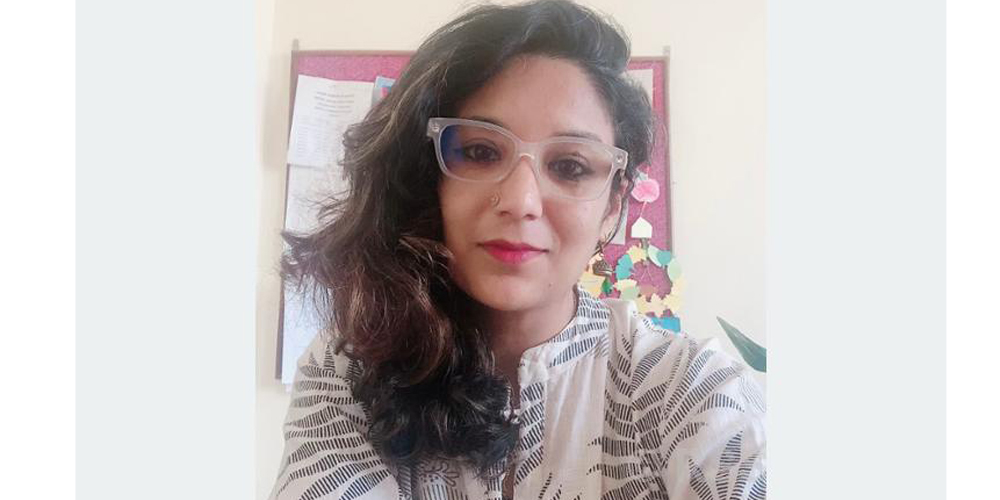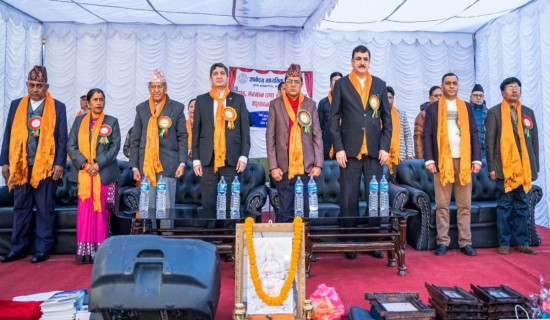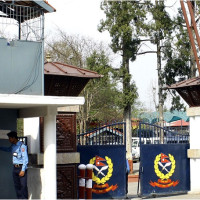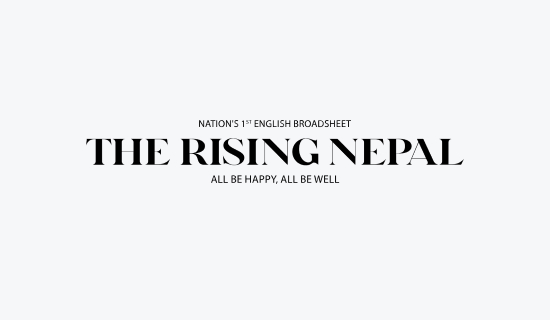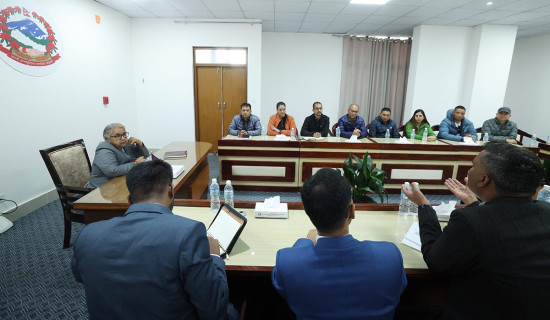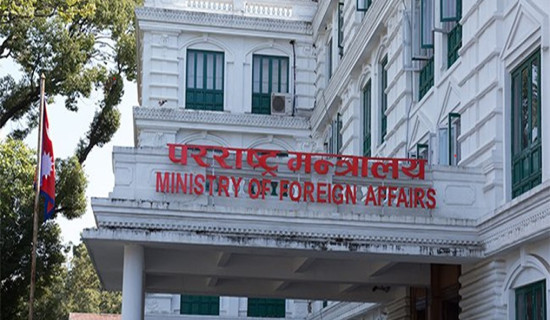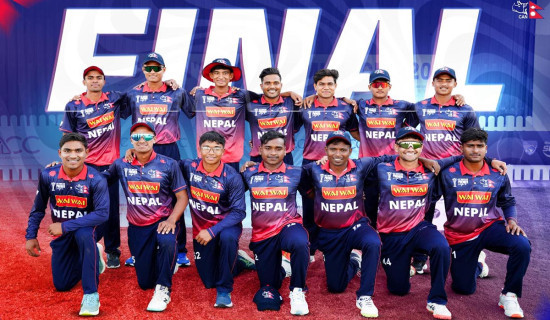- Monday, 1 December 2025
Women’s Leadership in Times of Crisis: Trust or Trial?
Upasana Rana
Kathmandu, Oct 14 : When nations crumble under crisis, something curious happens and people start looking for a different kind of leader. Not louder. Not tougher. But more trusted.
After Nepal’s Gen Z revolution, the country found itself at a breaking point. Streets were filled with frustration; politics was paralyzed, and public faith in leadership had hit rock bottom. In that moment of chaos, Nepal turned to a woman, Sushila Karki, who was sworn in as the country’s first female Prime Minister.
If the situation hadn’t been that critical, Nepal might have waited decades to see a woman in that seat. Her rise was not born of calm, but of collapse, and that reveals something deeper about how societies perceive women in power.
The Trust Factor
In times of crisis, trust becomes a nation’s most valuable and most depleted resource. When male-dominated systems fail, people instinctively look for leaders who seem morally grounded, empathetic, and less entangled in old political games.
Women, fairly or unfairly, often carry that symbolic hope. They are seen as healers, not power players. Their leadership signals a break from corruption, ego, and the politics of blame.
That was true in the case of Nepal, and it has been true around the world.
When Britain was reeling from Brexit, Theresa May was handed the impossible task of managing the aftermath. In Canada, Kim Campbell became the first female Prime Minister just as her party was collapsing. And during Iceland’s devastating financial crisis, Jóhanna Sigurðardóttir rose to power to rebuild public trust.
Time and again, women emerge when trust in traditional leadership disappears.
The Scapegoat Effect: The “Glass Cliff” Trap
But here’s the darker side of that story: women are often trusted only when the risks are highest and blamed if things go wrong.
Karki’s rise came during one of Nepal’s most politically fragile periods. She wasn’t stepping into comfort; she was stepping into chaos. And while many celebrated her appointment, others quietly set the bar unfairly high. If she succeeded, she’d be hailed as proof of women’s potential. If she failed, her failure would be used to justify decades of exclusion.
This is what scholars call the “glass cliff,” a phenomenon in which women are elevated to leadership during a crisis, only to be pushed off if things collapse. It’s a global pattern, from politics to business. And it reveals how even progress can carry a hidden trap.
Global Parallels
This pattern isn’t unique to Nepal. Across the world, women often rise when the system is at its weakest.
When New Zealand faced rising political cynicism, Jacinda Ardern restored hope with empathy and calm authority through the Christchurch massacre and the pandemic. Angela Merkel, who led Germany through the Eurozone crisis, migration surge, and COVID-19, became Europe’s “crisis chancellor.” In Finland, Sanna Marin, the world’s youngest prime minister, steered her nation through the pandemic and NATO debates with quiet confidence.
In each case, women were trusted to lead not because the times were easy but because they were hard.
Yet, in many European nations, something new is happening. Women’s leadership is no longer treated as extraordinary or temporary. In Finland, Iceland, and Denmark, women now govern during both calm and crisis, proving that trust, once earned, can become tradition.
That’s where Nepal still needs to go.
Crisis as Catalyst
Crisis, however unfair, often creates openings that stability resists. If the Gen Z revolution hadn’t shaken Nepal, the political establishment may not have allowed a woman to lead so soon. Stability rarely questions hierarchy but instability demands reinvention.
Crises expose what societies often forget: that women can lead with competence and compassion, qualities often dismissed until there’s no other choice left.
Beyond Symbolism
But here’s the challenge: we can’t keep waiting for collapse to make space for women.
Women shouldn’t have to prove themselves only in emergencies. They shouldn’t have to clean up the mess just to be blamed for the stains later. Real equality means trusting women to lead in peace, not just in panic.
Nepal has countless women leading quietly in villages, communities, and movements from climate resilience to human-rights defense, long before anyone gives them a title. If we want true equality, those everyday leaders must be seen, supported, and elevated before the next crisis hits.
Nepal’s story is a reminder that progress often begins in the ashes of failure, but it doesn’t have to stay that way. If we truly want inclusive leadership, we need to stop treating women’s leadership as a last resort and start seeing it as the new normal.
In the End
When Sushila Karki became Prime Minister, she didn’t just make history, she exposed a truth about leadership itself.
People trust women when everything else has failed because they still represent something the world craves: integrity, empathy, and the ability to heal.
But we shouldn’t need revolutions to remember that women can lead. We just need the courage as societies, as voters, as institutions to trust them before the storm.
And when we celebrate the first woman whether it’s the first president, prime minister, chief of justice, or attorney general let’s make sure she is not the last.
Let that first mark the beginning of many more, until women’s leadership is no longer a milestone, but simply a norm.
[Rana is the Executive Director, Women for Human Rights (WHR) and works on gender equality, human rights, and inclusive leadership.]
(RSS)

